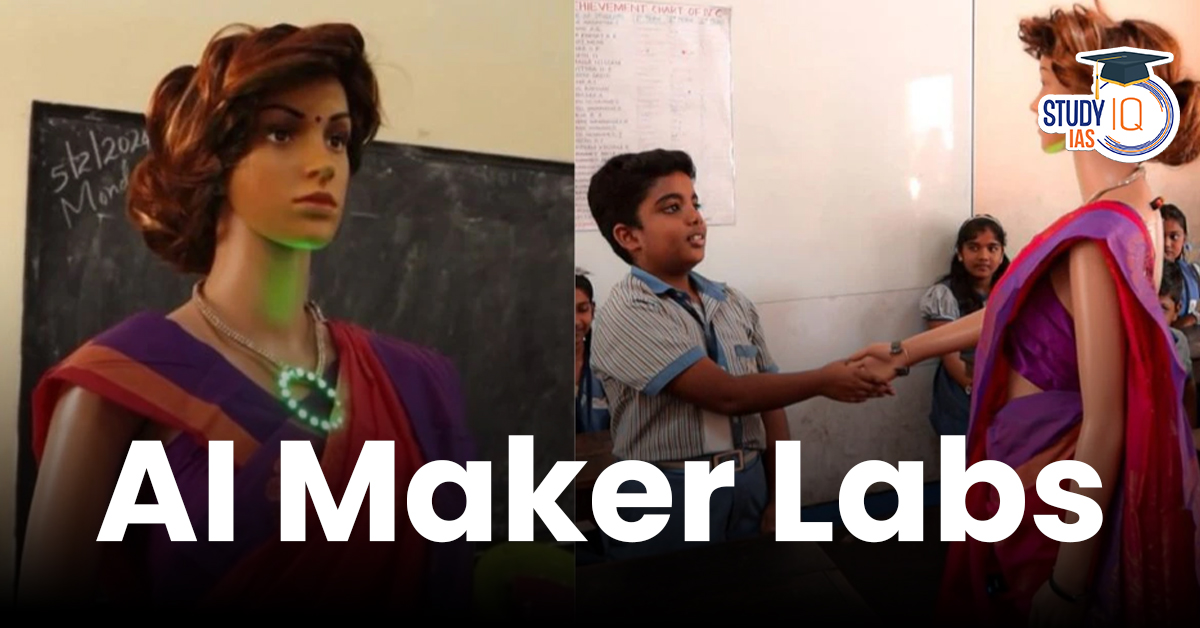Table of Contents
Context: AI Maker Labs can bridge the gap between artificial intelligence as a distant technology and as a lived experience.
How AI Maker Labs Bridge the Gap?
- From Abstract to Tangible: AI often feels like a black box to students — theoretical and far removed from daily life.
- Maker labs demystify AI by allowing students to build, train, and interact with AI systems — making AI hands-on and real.
- Experiential Learning: Students learn by doing — through projects like building a recycling sorter or training a chatbot.
- This engages both critical thinking and creativity, turning passive learners into active problem-solvers.
- Ethical AI literacy: Students see biases, failures, and successes of AI models up close.
How AI Maker Labs Can Be Implemented in India
- Leverage Existing Infrastructure: Atal Tinkering Labs (ATLs) already exist in 10,000+ schools.
- Equip ATLs with AI toolkits: Raspberry Pi, basic GPUs, cloud credits, datasets, simple ML model builders.
- Train Teachers & Mentors: Conduct intensive training for facilitators in local languages, focusing on both technical and pedagogical skills.
- Set up regional hubs with master trainers and peer mentoring networks.
- Localized Curriculum & Use-Cases: Develop AI project kits aligned with local problems (e.g., waste segregation, irrigation alerts, traffic monitoring).
- Use low-code and no-code tools to make AI accessible to all students.
- Partnerships with Startups and NGOs: Collaborate with AI startups, ed-tech firms, and community organizations to provide mentorship, materials, and tech support.
- Link students to competitions, hackathons, and real-world applications.
- Equity-Focused Rollout: Ensure rural, tribal, and government schools get equal attention.
- Promote open-source resources, vernacular language tools, and offline-first content for low-bandwidth areas.
Outcomes of AI Maker Labs in India
- Early AI Literacy: Students gain a practical understanding of how AI works, where it fails, and how it can be improved.
- Empowered Innovators: Children start to design AI solutions for real-world issues — from crop disease detection to water leakage alerts.
- Better STEM Performance: Tinkering with AI improves interest and performance in math, logic, computing, and design thinking.
- Job-Ready Graduates: Students get an early head start for careers in AI/ML, robotics, data science, and ethical tech.
- AI for Bharat: Encourages grassroots innovations — students solving local problems with global tools.


 Financial Fraud Risk Indicator (FRI): Ho...
Financial Fraud Risk Indicator (FRI): Ho...
 30th Anniversary of PESA Act: Significan...
30th Anniversary of PESA Act: Significan...
 Industrial Parks in India: Driving Manuf...
Industrial Parks in India: Driving Manuf...

























